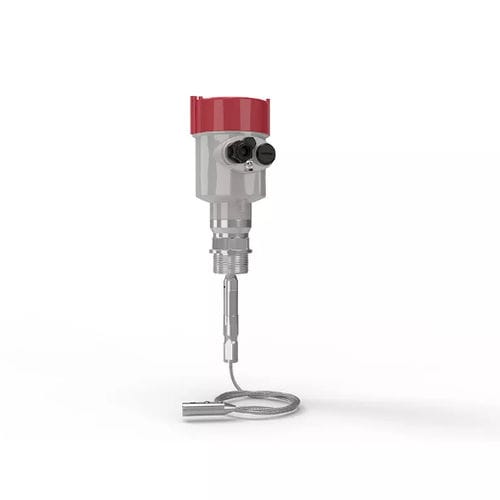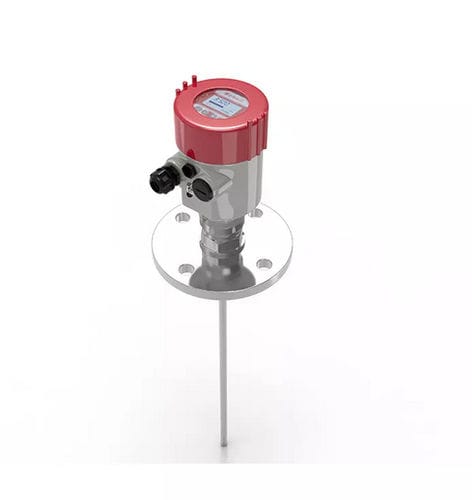SUP-RD701 Guided wave radar for level measurement in liquids and bulk solids. In level measurement with guided wave radar, microwave pulses are conducted along a cable or rod probe and reflected by the product surface.
Features
Accuracy: ±10mm
Application: Liquids and bulk solids
Frequency Range: 500MHz ~ 1.8GHz
Application -
Liquids and bulk solids
Process Connection - Thread/ Flange
Accuracy - ±10mm
Frequency Range - 500MHz-1.8GHz
Power supply - DC(6~24V)/ Four-wire
DC 24V / Two-wire
Note:
The top Blind area refers to the minimum distance between the highest material surface of the material and the measurement reference point.
Blind area at the bottom refers to a distance that cannot be accurately measured near the bottom of the cable.
The effective measurement distance is between the top Blind area and the bottom Blind area.







